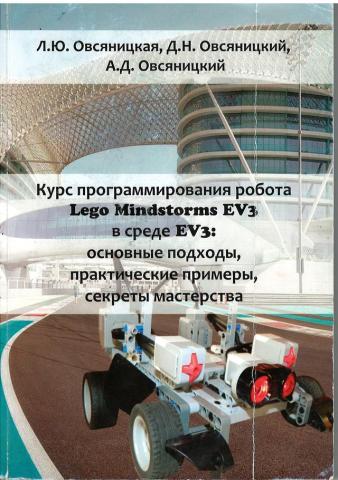Kurs Programmirovaniya Lego Mindstorms Ev3 Robota V Srede Ev3
LEGO® MINDSTORMS® Education EV3 Core Set is a hands-on, cross-curricular STEM solution that engages students by providing the resources to design, build and program their creations while helping them develop essential skills such as creativity, critical thinking, collaboration, and communication.

The system includes the EV3 Intelligent Brick, a compact and powerful programmable computer that makes it possible to control motors and collect sensor feedback using the intuitive icon-based programming and data logging software that is delivered with the set. The set is delivered in a sturdy storage bin with a sorting tray, three Servo Motors, five Sensors (Gyro, Ultrasonic, Color and 2x Touch), a EV3 Rechargeable DC Battery (with charging cable) and connecting cables.
Building instructions and other resources can be downloaded from the (printed manual is no longer available). The easy-to-learn, easy-to-use EV3 Software and the EV3 Programming app are optimized for classroom use.
Programming is done by dragging and dropping icons into a line to form commands allowing students to build simple programs, and then easily and intuitively build on their skills until they are developing complex algorithms. The data logging feature inside the EV3 Software is a powerful science tool for carrying out experiments. It is easy to predict, collect, view, analyze and manipulate data from sensors and see the data in interactive graphs.

The software is based on LabVIEW, the industry-leading graphical programming language, and is optimized for classroom usage.  The LEGO MINDSTORMS Education EV3 software lets your students: • Program robots and other creations • Document and track progress using the documentation tool • Create and edit content • Access the Robot Educator tutorials • Log real-time data and calculate data sets (not available on the tablet app) The software is Windows, Mac, Chromebook and iOS compatible. Students design and build programmable robots using high quality motors, sensors, gears, wheels, axles, and other technical components. By using hands-on robotics, students will gain a better understanding of how technology works in real world applications. The solution enables students to understand and interpret two-dimensional drawings to create three-dimensional models; build, test troubleshoot and revise designs to improve robot performance; Gain practical, hands-on experience using mathematical concepts such as estimating and measuring distance, time and speed.
The LEGO MINDSTORMS Education EV3 software lets your students: • Program robots and other creations • Document and track progress using the documentation tool • Create and edit content • Access the Robot Educator tutorials • Log real-time data and calculate data sets (not available on the tablet app) The software is Windows, Mac, Chromebook and iOS compatible. Students design and build programmable robots using high quality motors, sensors, gears, wheels, axles, and other technical components. By using hands-on robotics, students will gain a better understanding of how technology works in real world applications. The solution enables students to understand and interpret two-dimensional drawings to create three-dimensional models; build, test troubleshoot and revise designs to improve robot performance; Gain practical, hands-on experience using mathematical concepts such as estimating and measuring distance, time and speed.